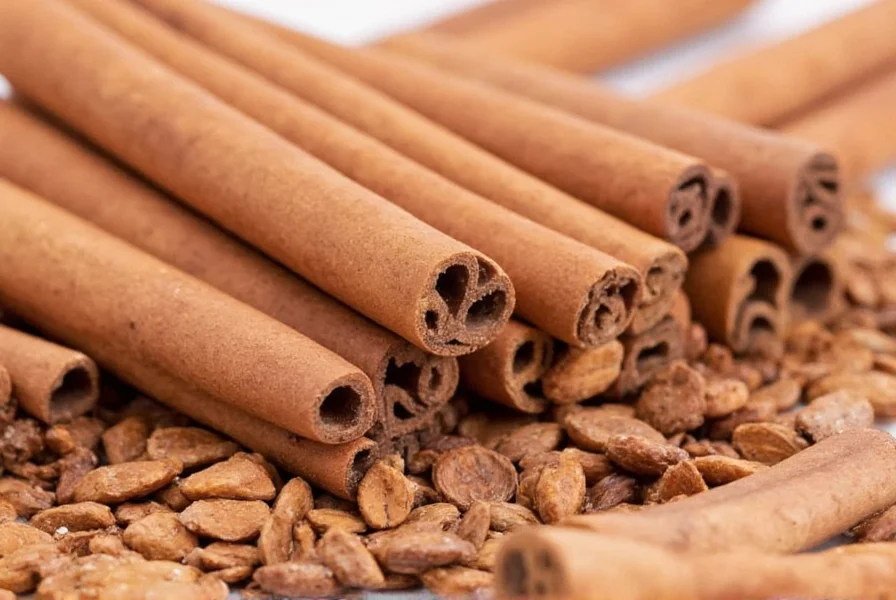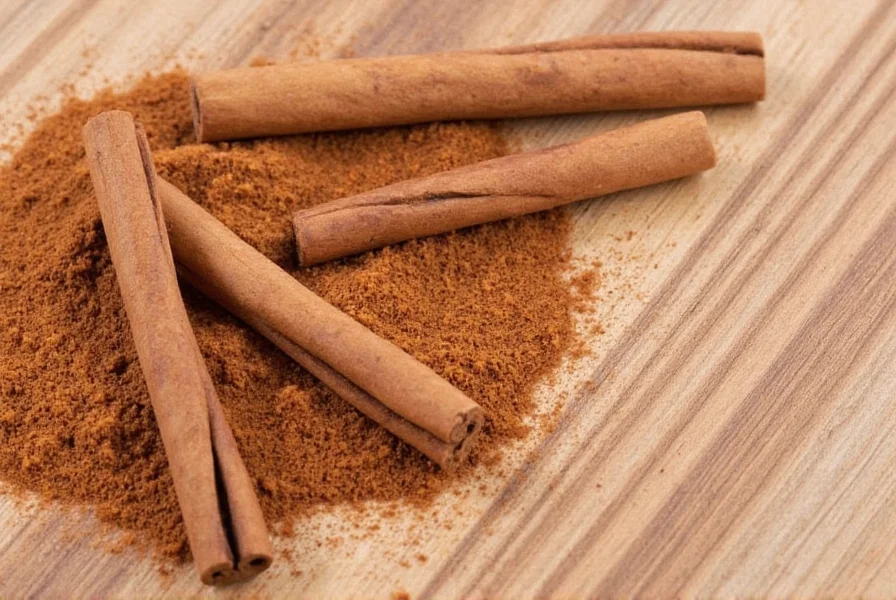Lead contamination in cinnamon has emerged as a significant food safety concern following multiple product recalls and independent laboratory testing. While pure, high-quality cinnamon typically contains negligible lead levels, certain imported varieties—particularly from regions with less stringent agricultural regulations—have shown dangerous contamination.
Understanding Lead Contamination in Cinnamon Products
Lead doesn't naturally occur in significant quantities in cinnamon plants. The contamination typically enters the supply chain through:
- Soil contamination in growing regions with industrial pollution
- Improper drying processes using lead-contaminated materials
- Cross-contamination during processing and packaging
- Intentional adulteration with lead chromate to enhance color
Independent testing by consumer advocacy groups has found lead levels ranging from 0.2 to 10 ppm in certain cinnamon products, far exceeding the FDA's recommended limit of 0.1 ppm for foods consumed by children. The most concerning cases involve "cinnamon spice lead chromate" adulteration, where unscrupulous suppliers deliberately add this toxic compound to improve the spice's visual appeal.
Regulatory Standards and Testing Results
| Organization | Lead Limit for Spices | Testing Methodology |
|---|---|---|
| FDA | 0.1 ppm for children's foods | Inductively Coupled Plasma Mass Spectrometry |
| EU Food Safety Authority | 0.05-0.2 ppm (varies by spice) | Atomic Absorption Spectroscopy |
| Consumer Reports Testing | N/A (found up to 10 ppm) | Third-party laboratory analysis |
The most alarming findings involve "cinnamon spice lead chromate" cases, where testing revealed lead levels 20-100 times above safety thresholds. These instances typically involve products marketed as "premium" or "vibrant red" cinnamon, suggesting deliberate adulteration to enhance color.
Health Implications of Lead Exposure from Spices
Chronic exposure to even low levels of lead poses serious health risks, particularly for children and pregnant women. Unlike acute poisoning, lead accumulation occurs gradually through repeated exposure to contaminated products. Key health concerns include:
- Neurological development issues in children
- Reduced cognitive function and IQ scores
- Cardiovascular problems in adults
- Renal function impairment
The risk from "cinnamon spice lead" exposure depends on multiple factors including consumption frequency, portion size, and individual susceptibility. Regular consumption of contaminated cinnamon in daily routines—such as in morning oatmeal or baked goods—can lead to dangerous cumulative exposure.
Identifying Safer Cinnamon Products
Consumers concerned about "lead in cinnamon spice" can take several practical steps to minimize risk:
- Purchase from reputable brands with transparent sourcing practices
- Look for third-party certifications (USDA Organic, NSF, ConsumerLab)
- Choose Ceylon cinnamon over Cassia varieties when possible
- Avoid products with unnaturally vibrant red coloration
- Check for recent recall notices from FDA or local health authorities
When evaluating "is cinnamon spice safe" for your household, consider that higher-priced specialty brands typically implement more rigorous testing protocols than budget supermarket options. The "cinnamon lead levels" problem disproportionately affects cheaper imported products where quality control may be compromised.

Industry Response and Consumer Protection
Following widespread reports of "cinnamon spice lead" contamination, several industry changes have occurred:
- Increased third-party testing requirements by major retailers
- Stricter import screening by customs authorities
- Voluntary industry standards for lead testing in spices
- Enhanced traceability systems from farm to shelf
While these measures improve safety, consumers should remain vigilant. The "how to avoid lead in spices" strategy includes diversifying spice sources and not relying exclusively on a single supplier, especially for products originating from regions with known contamination issues.

Practical Guidance for Safe Cinnamon Consumption
For those concerned about "cinnamon lead levels" in their kitchen, consider these evidence-based recommendations:
- Limited consumption: Restrict to 1-2 teaspoons daily for adults
- Brand rotation: Alternate between different trusted suppliers
- Proper storage: Keep in airtight containers to prevent cross-contamination
- Child safety: Avoid adding cinnamon to children's foods regularly
- Home testing: Consider affordable lead test kits for high-risk products
Understanding "is cinnamon spice safe" requires balancing legitimate concerns with practical risk management. While not all cinnamon contains dangerous lead levels, informed purchasing decisions significantly reduce potential exposure to "cinnamon spice lead" contamination.
Frequently Asked Questions
Does all cinnamon contain lead?
No, high-quality cinnamon from reputable sources typically contains negligible lead levels below 0.1 ppm. Concerns primarily involve certain imported products, especially those with artificially enhanced color that may contain lead chromate additives.
How can I tell if my cinnamon contains lead?
Visual inspection alone cannot detect lead contamination. Products with unusually vibrant red color may indicate potential adulteration. The most reliable method is purchasing from brands that provide third-party testing certificates or using home lead test kits specifically designed for food products.
What's the difference between Ceylon and Cassia cinnamon regarding lead risk?
Ceylon cinnamon (true cinnamon) generally comes from more regulated supply chains with lower contamination risk compared to Cassia cinnamon, which dominates the market and often originates from regions with less stringent agricultural oversight. However, lead contamination can potentially affect both varieties if proper quality controls aren't implemented.
Are organic cinnamon products safer from lead contamination?
Organic certification doesn't guarantee absence of lead, as contamination can occur through environmental exposure. However, organic producers typically implement more rigorous testing protocols and avoid artificial colorants like lead chromate. Always verify that organic products have additional heavy metal testing documentation.
How much contaminated cinnamon would cause lead poisoning?
Lead accumulation occurs gradually. Consuming cinnamon with 2 ppm lead (20x above safety limit) at just one teaspoon daily could exceed safe exposure levels over time. Children are particularly vulnerable, with smaller amounts potentially causing developmental issues. There's no safe threshold for lead exposure, so minimizing all sources is recommended.











 浙公网安备
33010002000092号
浙公网安备
33010002000092号 浙B2-20120091-4
浙B2-20120091-4